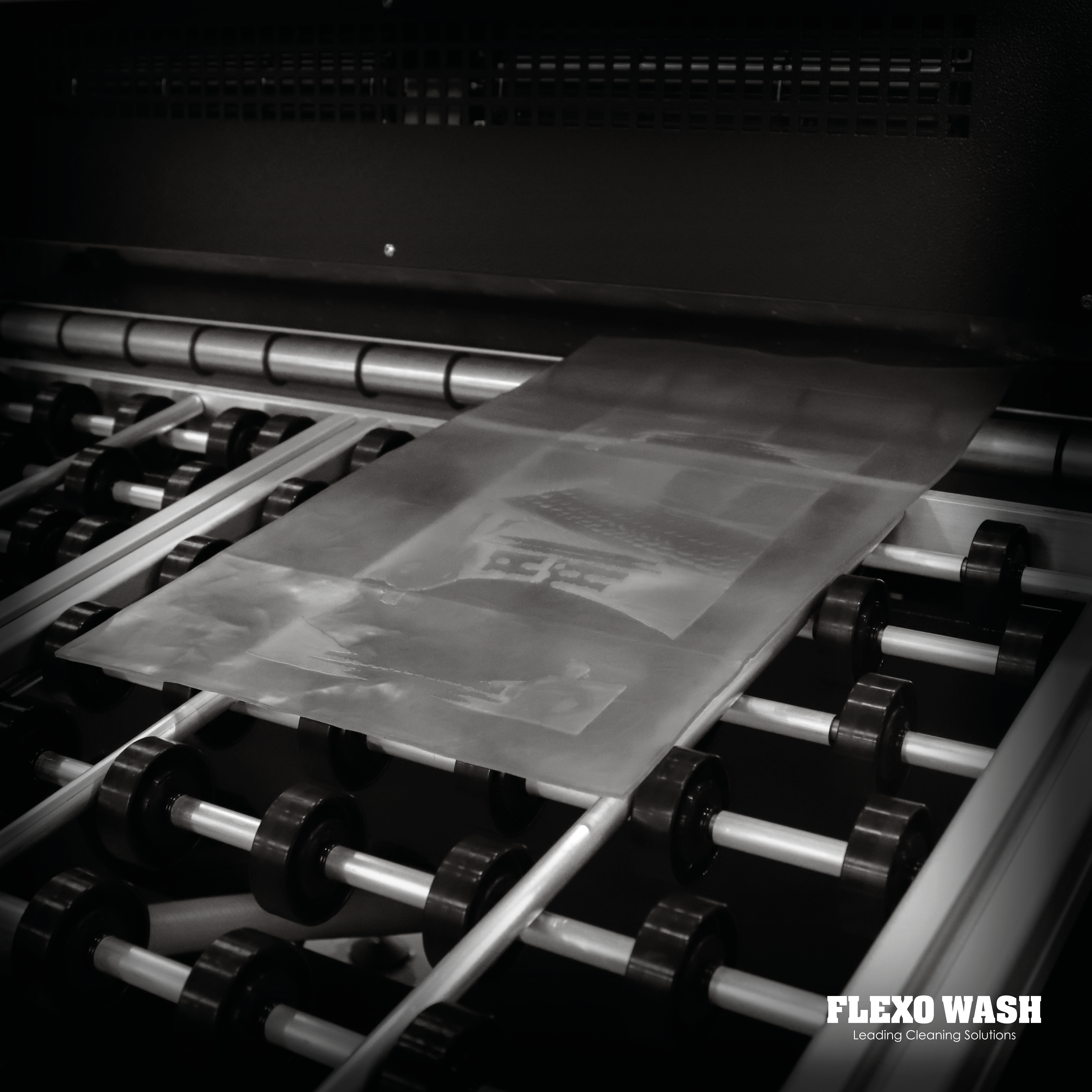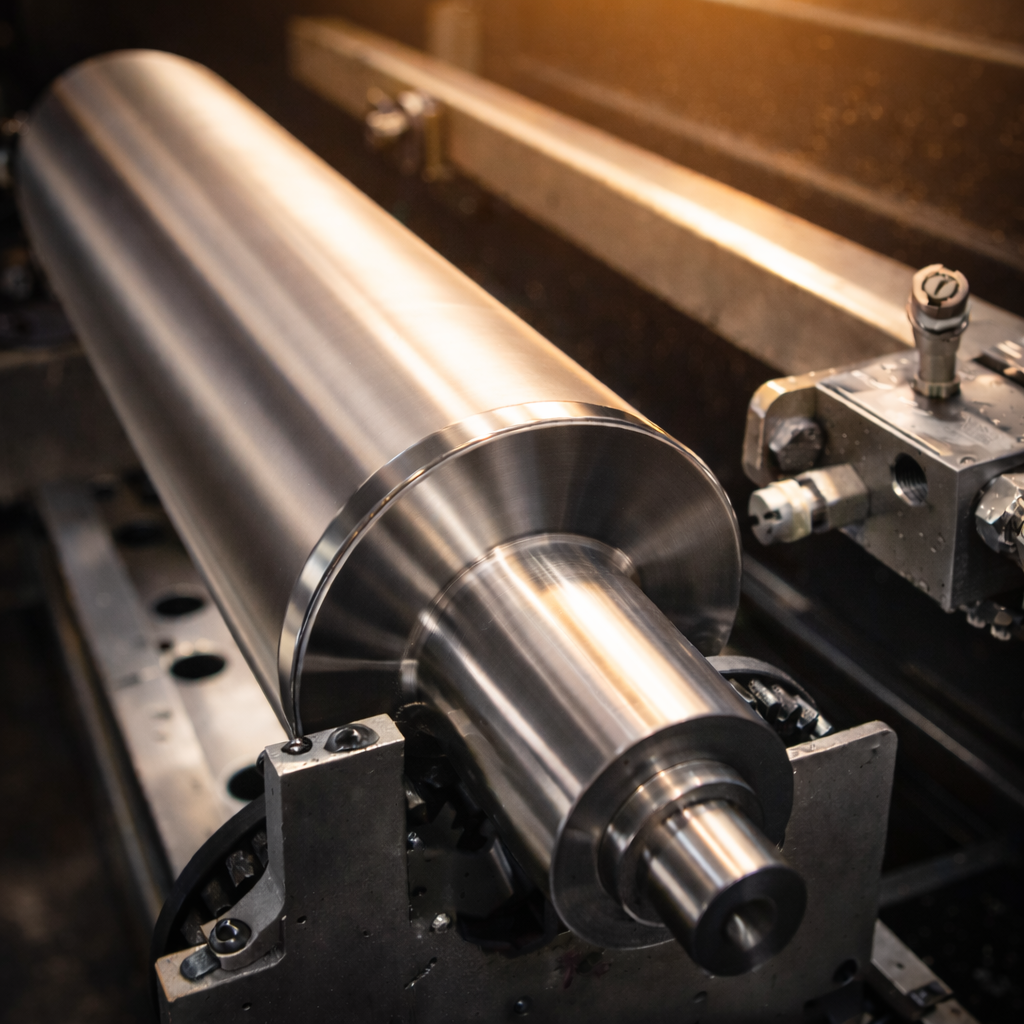The unseen consequences of an unclean or damaged plate:
While manual cleaning is a common practice, it does carry the risk of accidental scratches or damages that might make the plates unsuitable for use. This, in turn, could initiate a sequence of events disrupting the overall production process.
- Discovery of damage:
When an operator discovers a damaged or unclean plate, the first step is to alert the shift manager. This initial communication is crucial, as it sets the wheels in motion for addressing the issue promptly. - Verification by the shift manager:
The shift manager investigates the reported problem to determine its validity. If the damage is confirmed, the manager proceeds to find a resolution, understanding the impact it may have on the overall workflow. - Communication with the production manager:
The shift manager communicates the issue to the production manager, presenting the details and potential solutions. The production manager then assesses the situation and suggests a course of action, which often involves either changing the job or initiating the production of a new plate. - Involvement of the pre-press department:
The resolution process consistently requires the involvement of the pre-press department. Based on the production manager's decision, the pre-press team might either place an order for new plates or undertake the responsibility of creating a new plate internally. - Plate production and preparation:
Once the decision is made, the process of rectifying the issue begins. If a new plate is ordered, the team awaits its arrival. If the decision is to produce a new plate, the pre-press department undertakes the meticulous tasks of mounting, mixing colours, ensuring proper registrations, and other necessary preparations. - Preparing the press:
Only after the new plate is ready and all the necessary preparations are completed can the press be set into motion. This final step, though seemingly straightforward, signifies the culmination of a complex series of actions and decisions.
An unclean or damaged plate can trigger a cascade of events when it's discovered. From the initial alert by the operator to the final preparation of a new plate, each step in the process is critical for maintaining workflow efficiency. As industries continue to evolve, exploring alternative methods or adopting advanced technologies for plate cleaning may become essential to mitigate the risks associated with manual cleaning and its potential impact on production timelines. Want to know more about automated plate cleaning, contact us and learn more.



.jpg.jpg)
